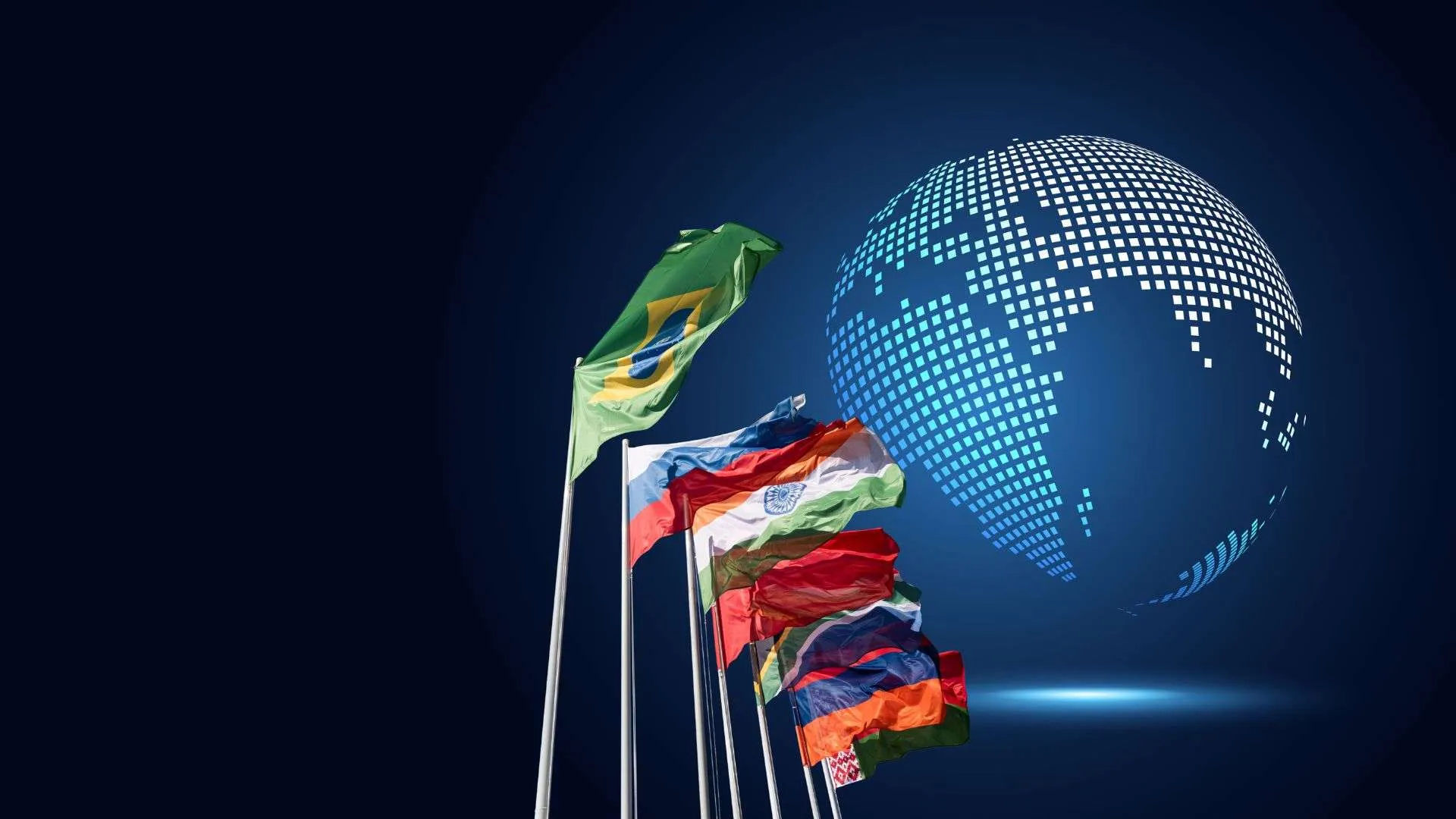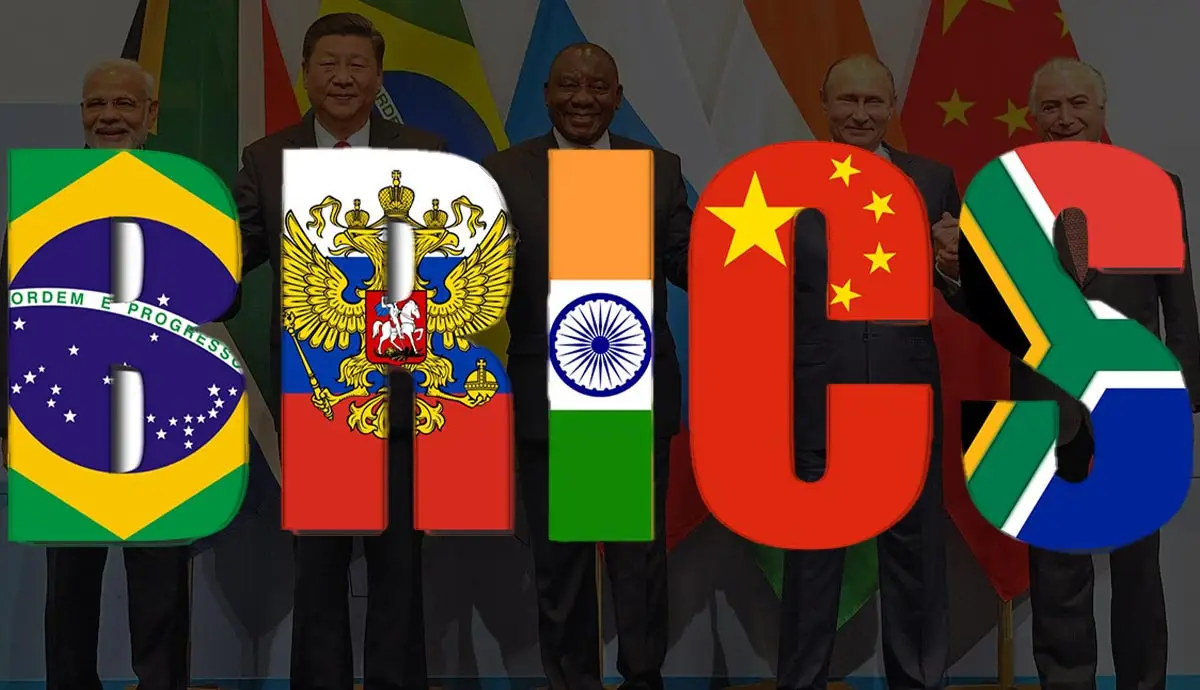|
Getting your Trinity Audio player ready...
|
Russia’s de-dollarization strategy is officially in motion, marking a major transformation in global finance. President Vladimir Putin recently revealed concrete steps to reduce dependency on the US dollar, a move supported by BRICS nations (Brazil, Russia, India, China, and South Africa) as they pioneer new financial pathways. This shift could reshape international trade and alter how countries conduct cross-border payments, with lasting implications for global markets.
Key Components Of The De-Dollarization Roadmap
At the recent BRICS Plus meeting in Kazan, President Putin emphasized that emerging economies, referred to as the “global majority,” are poised to drive the next wave of economic growth. He advocated for creating an independent financial platform that would align with de-dollarization goals. “It is obvious that the next wave of global economic growth is being born in the countries of the global majority,” Putin stated, suggesting a shift toward multilateral financial systems that bypass the dollar.
The de-dollarization roadmap is complex and involves a gradual phasing out of dollar use, along with developing systems for production, logistics, technology exchange, and international transportation. To achieve this, BRICS countries aim to establish multilateral financial frameworks resilient to external influence. While each phase will roll out at different times, the overarching goal remains clear: to create a robust, dollar-independent global finance system.
Strategic Partnerships Fueling the Shift
The de-dollarization strategy heavily relies on strategic partnerships and investment. Putin noted the growing collaborations between countries like Saudi Arabia, Russia, China, and India. These partnerships not only foster stronger trade links but also contribute to de-dollarization through the BRICS New Development Bank (NDB). So far, the NDB has funded over 100 projects, totaling approximately $33 billion, reflecting the growing commitment to an alternative financial system.
Putin also highlighted the importance of building secure investment platforms in emerging markets. “It is vital to have the means to safely and securely invest in these markets,” he said, emphasizing that a stable investment climate is essential to attracting more participation in the de-dollarization movement. This framework aligns with the larger goals of creating a self-reliant global finance system, supported by alternative banking solutions and infrastructure projects across BRICS member nations.
New Transport Routes and Secure Investment Channels
The roadmap also includes the development of new international transport corridors connecting North-South and Northern Sea routes. These corridors are designed to improve logistical efficiency, reduce transportation costs, and strengthen ties between trading partners. By establishing these routes, BRICS nations aim to bypass existing trade dependencies and further detach from US-dominated financial networks. Additionally, the emphasis on secure investment channels ensures that funds remain protected while boosting capital inflows into emerging markets, fortifying the de-dollarization agenda.
Global Financial Transformation: What’s Next?
The de-dollarization movement led by BRICS holds significant potential to reshape global finance by diversifying payment systems and reducing reliance on the dollar. Through the implementation of multilateral payment mechanisms, enhanced transport routes, and secure investment channels, BRICS nations are creating an economic network that values resilience and independence.
In essence, de-dollarization is more than a financial strategy; it represents a shift in global power dynamics. The world is witnessing the rise of alternative financial systems, and this roadmap offers a glimpse into a future where international trade and investment may no longer hinge on the dollar. As these changes unfold, they will inevitably affect how countries pay one another, trade goods, and invest in new markets.
As BRICS nations continue to push forward with this bold initiative, the global financial landscape may soon look very different. The de-dollarization movement is no longer an abstract concept but a tangible reality that could redefine international finance for decades to come.
Disclaimer: The information in this article is for general purposes only and does not constitute financial advice. The author’s views are personal and may not reflect the views of Chain Affairs. Before making any investment decisions, you should always conduct your own research. Chain Affairs is not responsible for any financial losses.
A lifelong learner with a thirst for knowledge, I am constantly seeking to understand the intricacies of the crypto world. Through my writing, I aim to share my insights and perspectives on the latest developments in the industry. I believe that crypto has the potential to create a more inclusive and equitable financial system, and I am committed to using my writing to promote its positive impact on the world.



